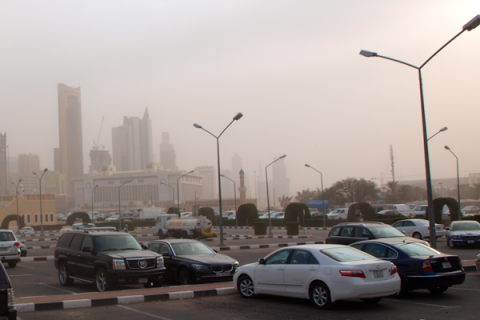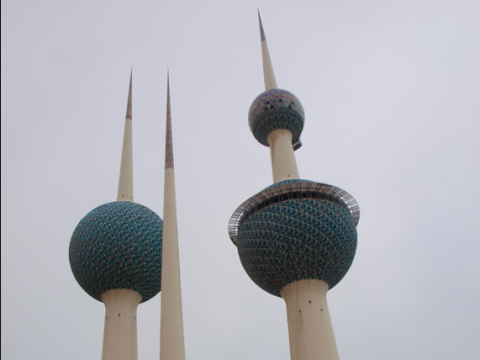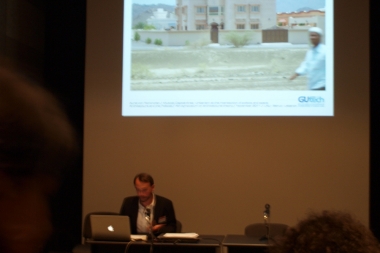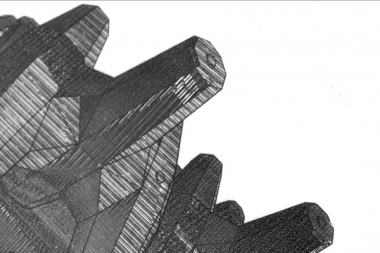- AURELVR
- DESIGN
- RESEARCH
- TEACHING
Winterschool Middle East
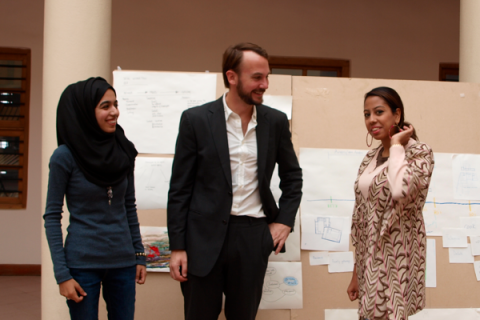
The students explored the typologies of the 'majlis' and other traditional forms of semi-public spaces within Arab culture. The 'majlis' is the place where the family members but also the neighbours gather and put forward their political views. As such it can be seen as a proto-democratic architectural typology with large social repercussions. The research conducted during the seminar was of particular interest in the wake of the 'Arab Spring'.The studio, workshop and lecture style events of the Winterschool Middle East brings together students and researchers interested in architecture and politics from Europe and the Middle-East. The project gained attention in magazines such as Domus and Bidoun. UPAD students also studied the particular urban situation of Kuwait City. Kuwait has demolished its historic center and relocated most of the residential spaces on the outskirts of town. The financial and commercial center is still recovering from the damage of the Iraqi attack. The partially rebuilt souk sits adjacent to the recent high-rise office towers. Amongst the Modern buildings of the 60ies and 70ies feature a remarkable parliament, a national museum and social housing projects. The students developed their proposals against the backdrop of this particular Kuwaiti context. Find our more at: http://www.winterschoolmiddleeast.org
